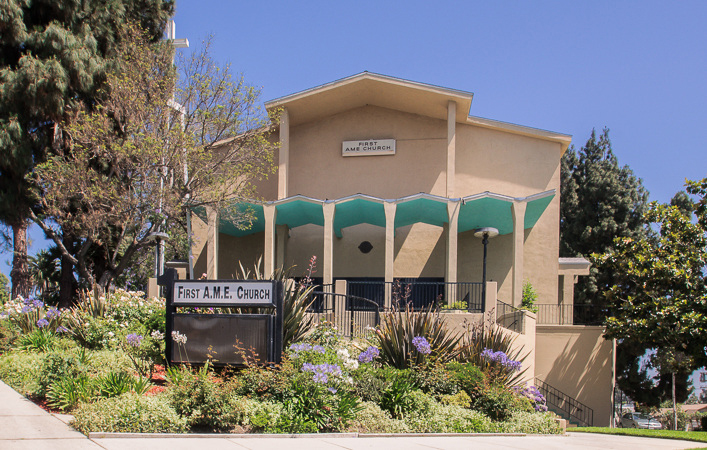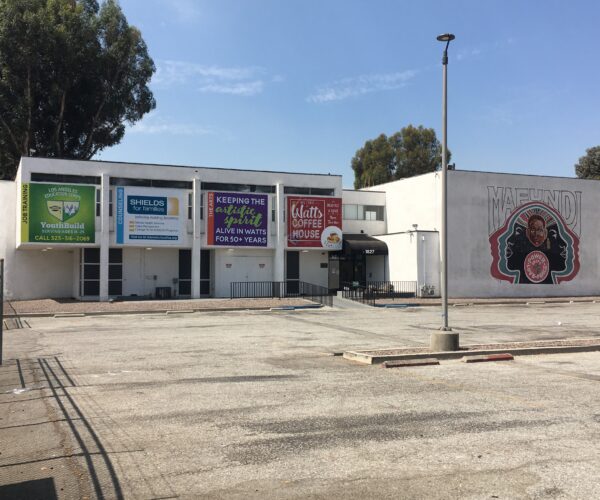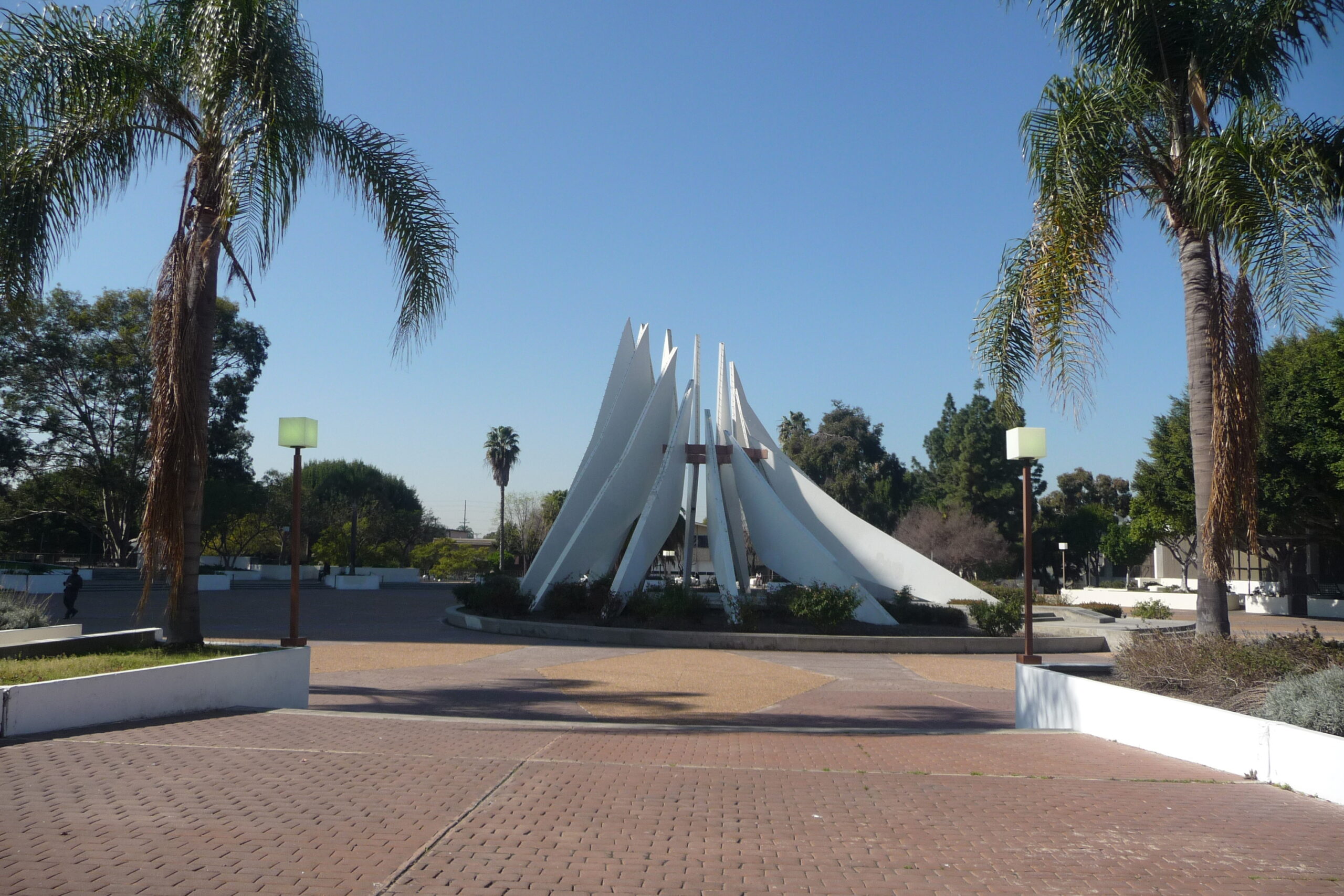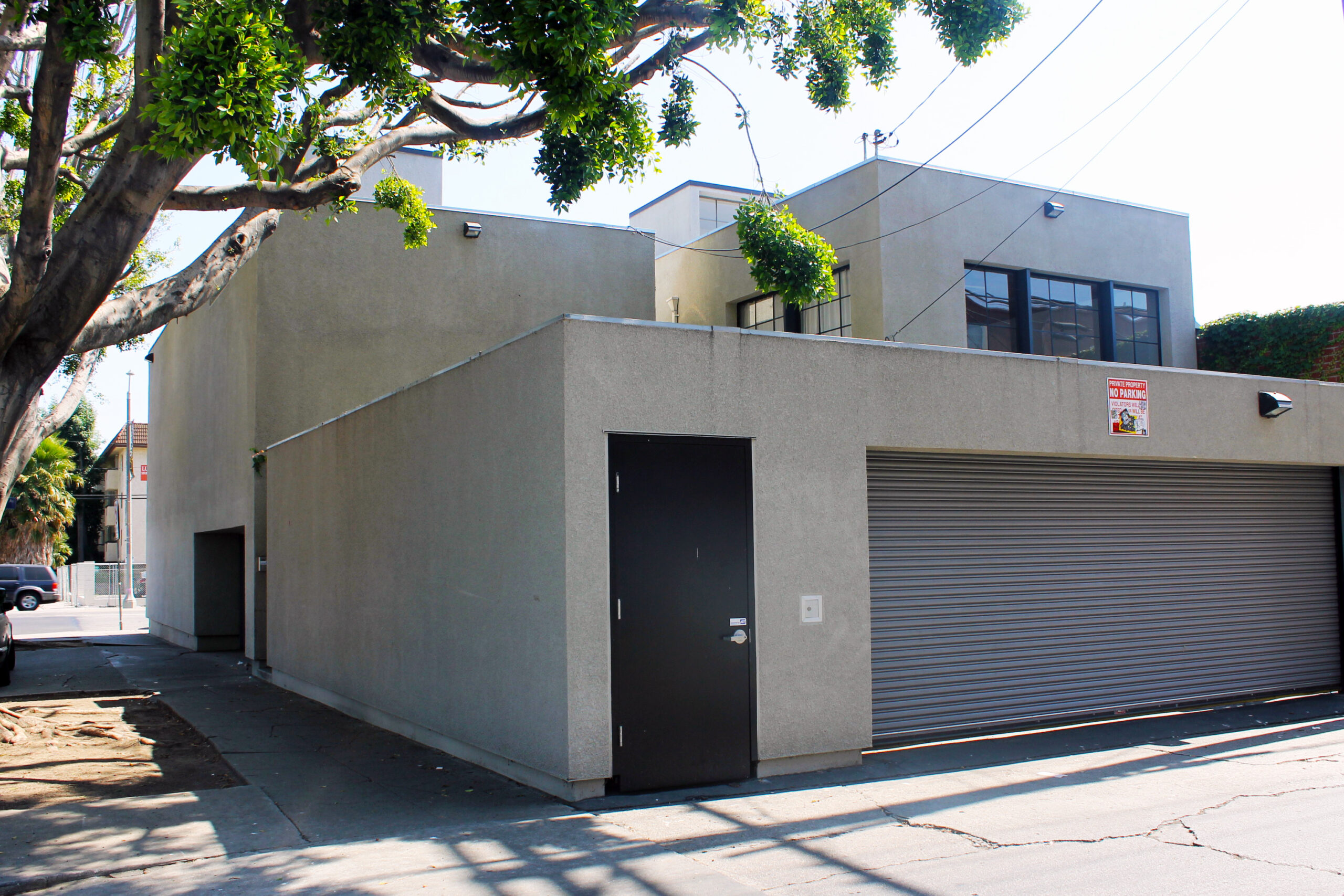
Place
First African Methodist Episcopal Church
The Late Modern-style building was designed by Paul R. Williams, the first African American member of the American Institute of Architects and a lifetime member of the First A.M.E. church.
Place Details
Address
Get directions
Architect
Year
Style
Community
The First African Methodist Episcopal (First A.M.E.) Church is the oldest African American congregation in Los Angeles, founded in the Spring Street living room of real estate entrepreneur and former slave Biddy “Grandma” Mason in 1872. The First A.M.E. congregation was located in Historic South Central Los Angeles until moving to the prestigious West Adams neighborhood of Sugar Hill, where many prominent members of the African-American community owned mansions. Paul R. Williams, the first African American member of the American Institute of Architects and a lifetime member of the First A.M.E. church, designed the Late Modern-style building.
The building sits on an elevated foundation to accommodate the irregularly shaped hillside lot and maximize the effect of its elevated location.
A zigzag motif used along the roofline and the porch of the front entrance enlivens the simple stucco exterior of the building. Decorative murals are painted between the bays of the west façade. Though he was not a member of the church, John Factor, half-brother of cosmetics mogul Max Factor, supplemented the congregation’s building fund of eight dollars with a $200,000 donation.
Upon the church’s completion in 1968, Reverend H. H. Brookins led a procession from the former home at Eighth and Towne to its new location on Harvard Boulevard with a star-studded group of some of the best-known actors in Hollywood, many of whom belonged to the church. When Paul Williams passed away in 1980, his funeral was held in the church he designed.


